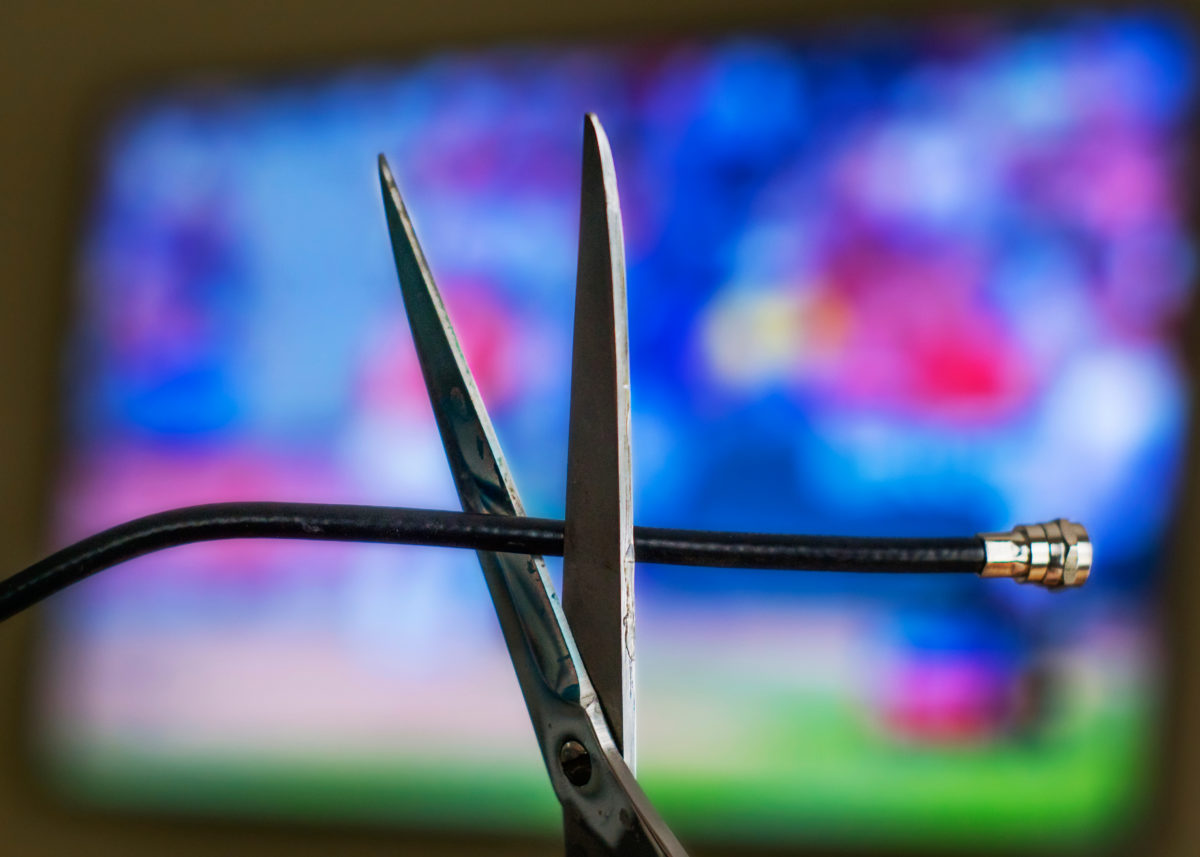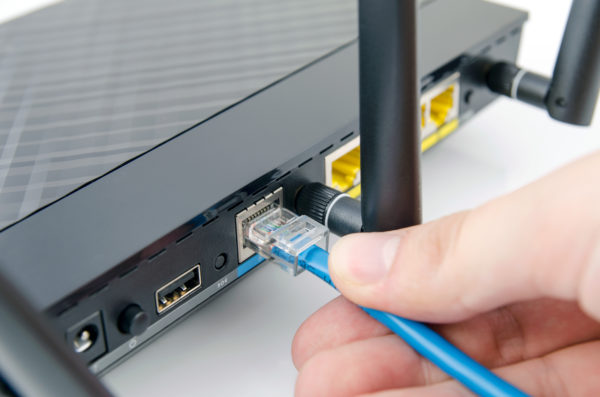Is “Cutting the Cord” for You?
by Steve Thomas

I was looking through my e-mails and blog posts this week, and came across an article that piqued my interest. I have to confess that, every month my cable bill shows up, I have a mini meltdown. I was looking over the bill one night when my wife looked at me and said, “What are you looking at? You look like someone you know just died!” In a manner of speaking, she was right, another part of my paycheck just “died” to pay for cable.
Two of my three children have already “cut the cord” and gone to non-cable services like Hulu, YouTube, and Amazon Prime so this article hit me where I live. I have cut and pasted a few of the interesting points and I hope you find it interesting as well.
It’s estimated the average American spends nearly 3 hours a day watching TV. Many people say this is a huge waste of time, but I’ve never had a problem with it—as long as you have time to take care of the other matters in your life as well.
For me, watching TV has always been a time where I can just “veg” and not have to think about business, or anything else. I spend a ton of time reading and reviewing all sorts of financial data for my job, so watching TV is my time to “get away from it all.”
The article I was reading made an interesting point, we all have more time for activities like TV watching due to the other technological advances that are a part of our everyday lives. In the 50s and early 60s, households used to average almost 6 hours a week on laundry. Now, we have washers and dryers that only take up 1.5 hours on average, and almost every home has a dishwasher and microwave. Fast food and takeout has also provided more downtime as well.

Cable is not cheap. A recent survey found that after house and car payments, cable was one of the biggest budget items for most American homes. When you look at the costs and the availability of smart TVs and various streaming services, cutting the cord is becoming a real alternative for many consumers.
Currently, we pay around $185 a month for cable, internet, and a landline that my wife refuses to let me disconnect. We would probably have it anyway, as we have a “bundle” from our provider and if we drop the landline it would actually cost us more. Go figure.
We have 250+ channels (but we probably only watch 10 – 15 of them) and every movie channel imaginable. It’s definitely overkill, but again, the “bundle” got me. We also have Netflix and Amazon Prime.
According to my children, they are using YouTube TV and Hulu Live. They claim they offer somewhere in the neighborhood of 45 – 60 channels and you may, or may not, have access to local stations. Some sports options are included and they come in at about $40/mo.
While the streaming options can replace the TV viewing portion of your bill, you will need internet access—and high speed internet for me by itself would run about $75/mo.

For me the cost comparison is:
1. Current Cable/Internet/Phone Bundle = $185.00/mo.
2. YouTube or Hulu Option ($40) + High Speed Internet ($75) = $115.00/mo.
To be fair, to get what I have on cable I would need both YouTube and Hulu so
3. YouTube + Hulu ($80) + High Speed Internet ($75) = $155.00/mo.
So, the cost saving here for me to cut the cord would be somewhere between $840/yr. (YouTube or Hulu option) and $360/yr. (YouTube + Hulu option).
But wait, what about all the movie channels, (HBO, Showtime, Starz, Cinemax, etc.) that are included with my cable subscription? My wife and I love movies so we can’t leave these out. Turns out that these are available for streaming, but to add all 4 channels would cost me an additional $40/mo.
Now my costs for option 2 above would be $155/mo. and option 3 would be $195/mo. Now, I would be saving $360/yr. for option 2 and actually paying $10/mo. more for option 3.
I can hear everyone now saying, “Well I don’t need all those movie channels!” Point taken, and ultimately that is the decision that decides whether cutting the cable make sense or not for you.

If more and more people decide to cut the cord, you can almost bet that cable companies—who provide the highest internet speeds—will certainly raise the costs of stand alone internet services to make up for lost revenue.
So what’s a person to do? For me, I guess I will continue to have my mini meltdowns and keep paying my cable bill. For you, you need to decide what you really need and more importantly, what you really can afford—and that is a great segue into what we, at SGL, specialize in. We help our clients create financial plans that help them with all their retirement and cash flow needs. Give us a call today to set up a meeting with our of our advisers. They might even help you decide whether it is time to “cut the cord!”
